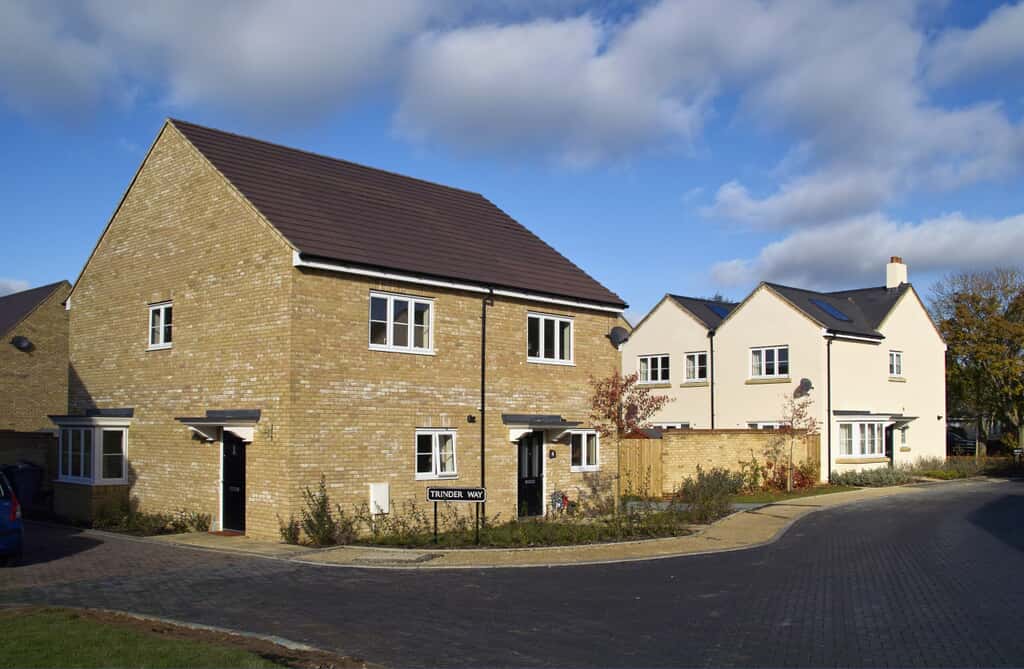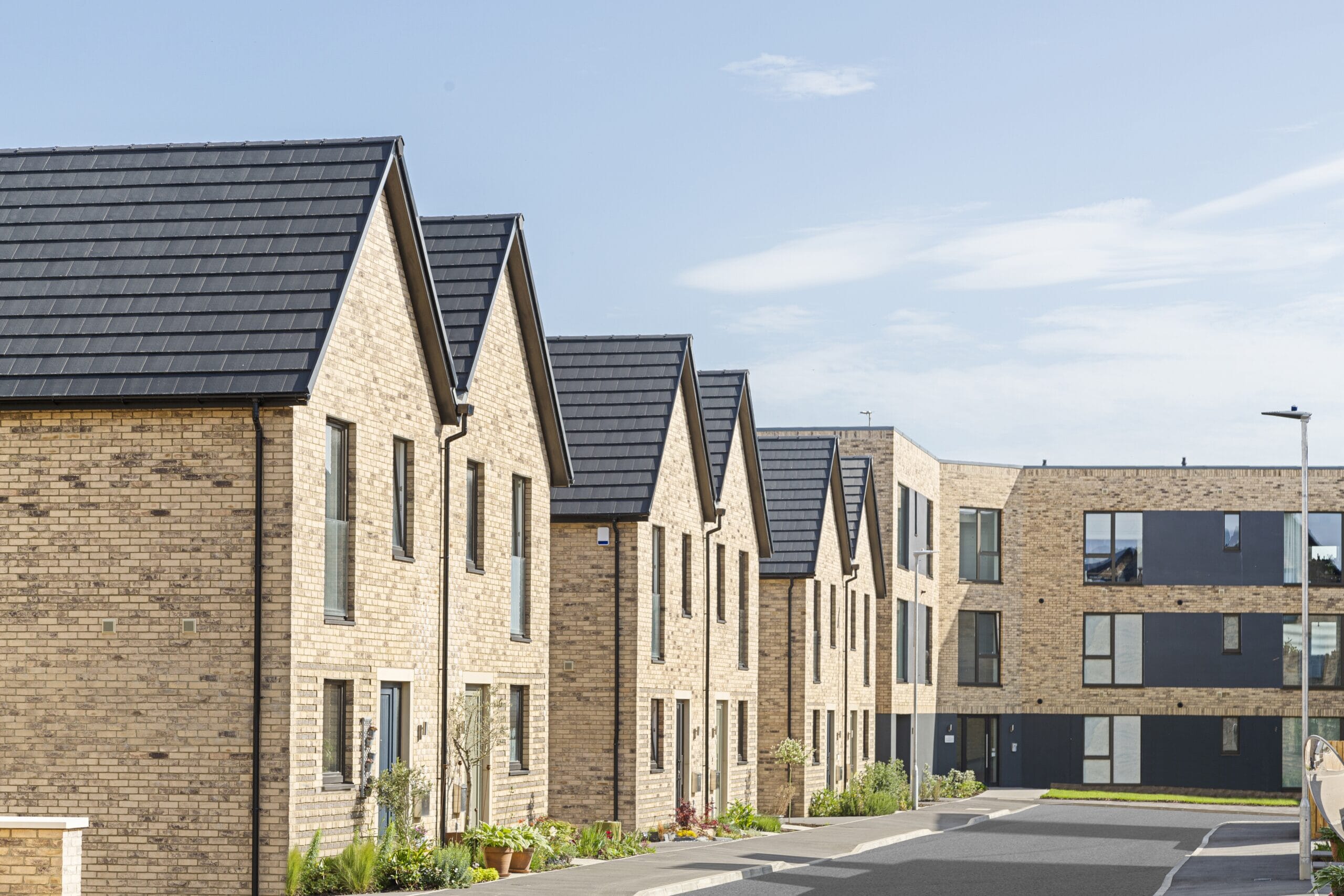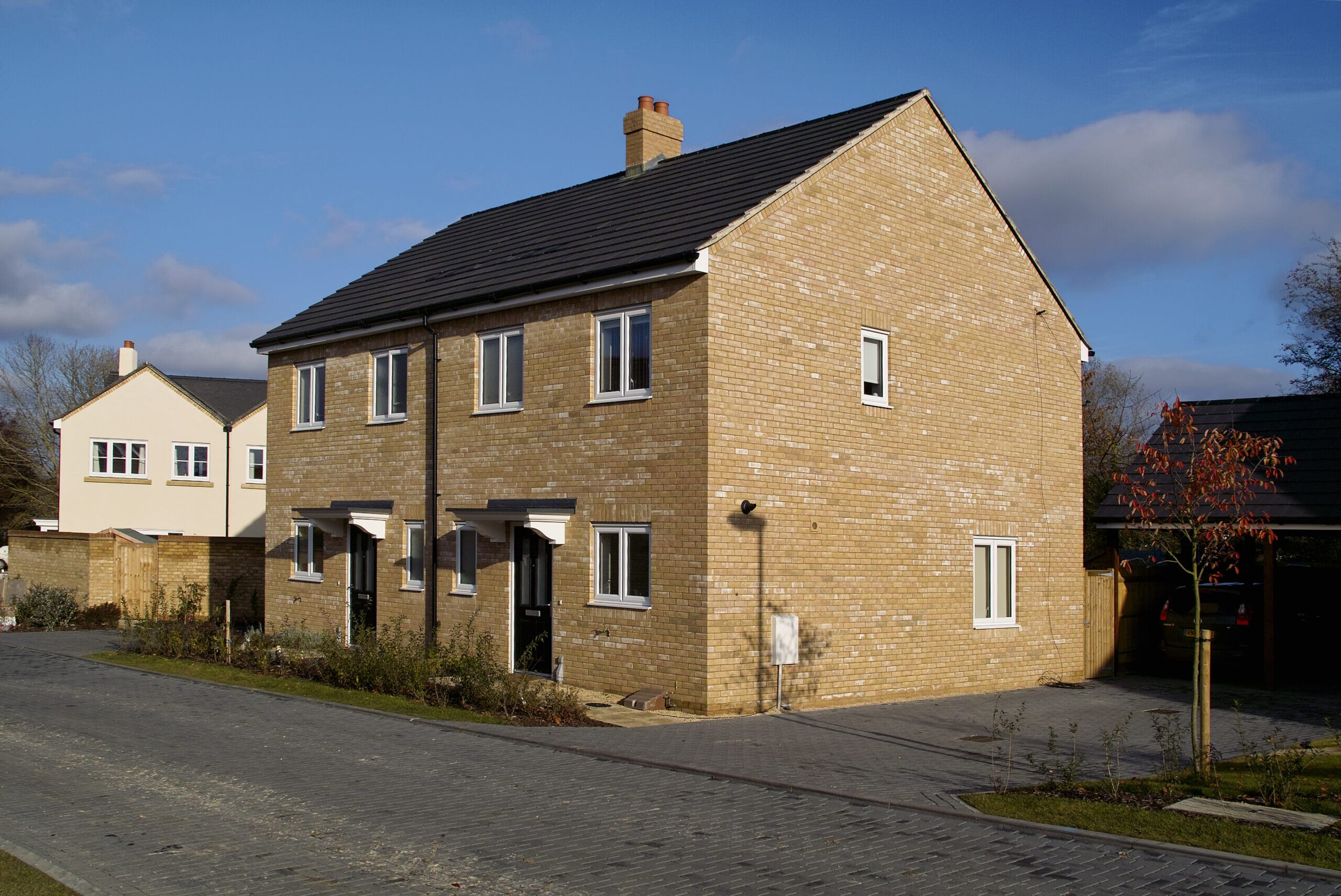THERMOGRAPHIC SURVEY
Assess the thermal integrity of a building with a thermographic survey
Fulfill employer requirements, investigate issues, or secure BREEAM credits.


Thermographic surveys allow developers to assess, evidence and improve the thermal integrity of a building.
Though not a regulatory requirement, thermal assessments are a useful indicator of build quality and energy performance on both new build and existing properties. They can also contribute to BREEAM credits.
An assessment measures a building’s interior and exterior surface temperatures to identify heat loss, thermal anomalies or potential air leakage.
Our assessors can offer bespoke recommendations to improve building fabric performance ahead of a new project’s completion, or remedy defects efficiently if a building is already occupied.
Do I need to complete a thermographic survey?
Thermal surveys are not a requirement under the Building Regulations, however they are typically completed to:
- Fulfil quality assurance – Developers or contractors may choose to commission a thermographic survey to demonstrate build quality or fulfil contract or employer requirements. Where bespoke construction systems are being used, developers increasingly complete spot-checks on completed builds for quality assurance.
- Identify areas for improvement – Thermographic surveys can help to identify thermal defects in build quality post-completion, highlighting where building fabric can be enhanced to improve energy performance.
- Secure BREEAM credits – Thermal imaging surveys can contribute to securing BREEAM Man04 credits for non-residential developments.
- Remedy defects – If occupants raise complaints around building comfort, a survey may be required to identify areas for improvement or remediation.


What happens during a thermographic survey?
An assessor will attend site, using a thermal imaging camera to survey all surfaces from both the inside and outside. This produces a suite of imagery covering the whole building, highlighting any cold spots within the building fabric.
What can be found from a thermal imaging assessment?
A thermographic survey is a non-intrusive way of confirming the integrity of a building’s fabric. It primarily identifies any areas of heat loss through, or air gaps in, the building envelope. It can also indicate where condensation could occur, potentially leading to mould growth, or identify the movement of air between insulation and plasterboard layers, which can cause cold spots.
Are certain conditions required ahead of a thermographic survey?
Prior to testing, the building is required to have maintained a temperature difference of 10 degrees between outside and inside temperatures, with dry weather also needed. Thermal assessments are typically completed at night-time, at least one hour after sunset, to ensure the correct temperature gap.
In shell and core non-residential buildings, temporary heating measures will be required ahead of assessment.
Our Thermographic Survey service
Thermographic assessments are completed by our trusted, accredited sub-consultants.
- Survey – Attending site to capture imagery of interior and exterior surfaces, using an infrared thermal imaging camera.
- Analyse – Assessing images to identify any thermal anomalies or breaks in the building envelope.
- Recommend – Recommending measures to address defects or enhance continuity of insulation, where required.
- Report – Producing a report outlining findings.


Assess and improve thermal integrity of your project.
Speak to our Testing team today for your thermographic survey.